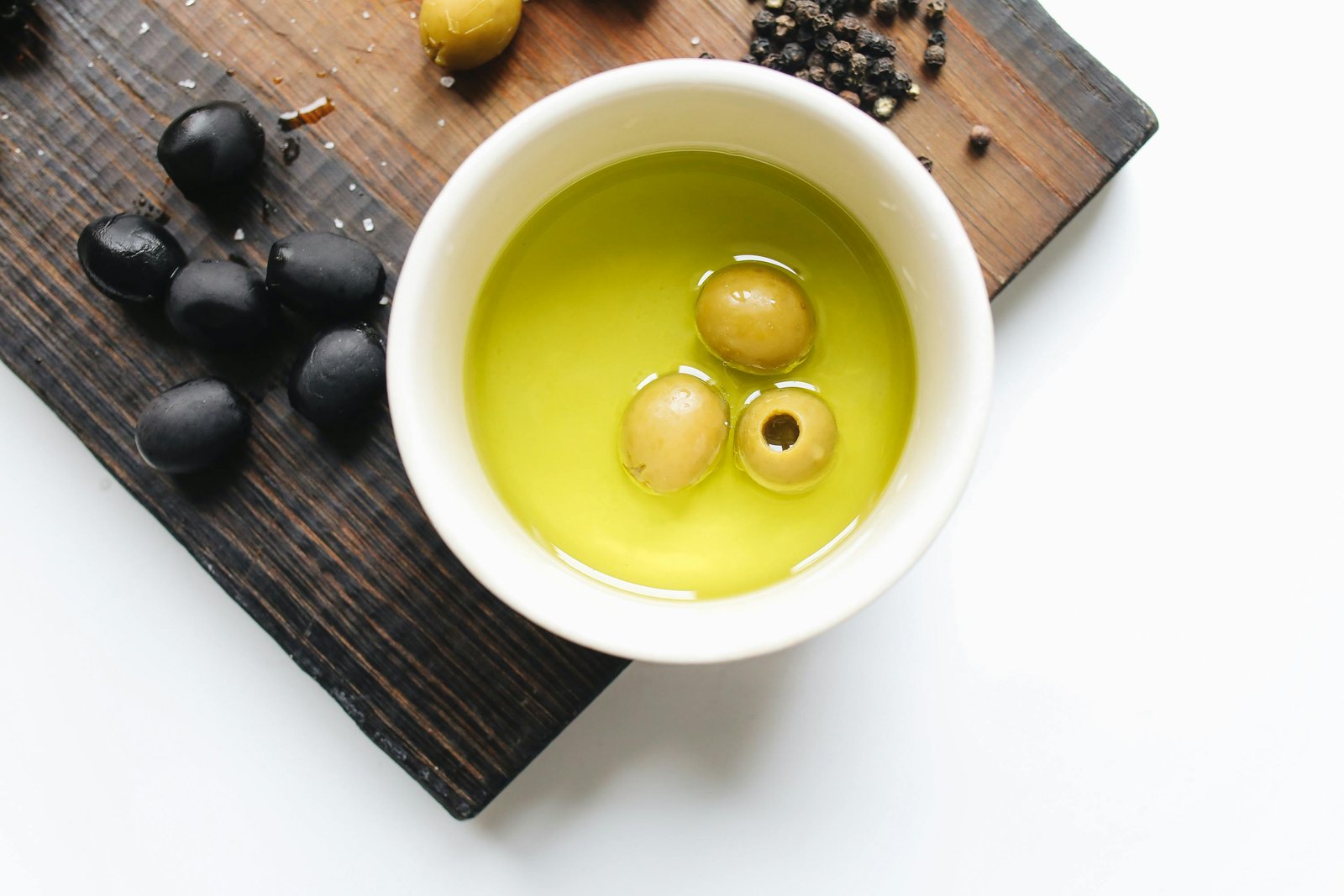
How to Tell If Olive Oil Is Real or Fake
🫒 Introduction: The Bitter Truth About Olive Oil Fraud
Not all olive oil is what it claims to be.
Studies have shown that a large portion of olive oil on supermarket shelves is mislabeled, blended, or outright fake — especially in export markets.
If you care about quality, health, and taste, you need to know how to spot real olive oil and avoid imitations.
This guide gives you 7 simple ways to check the authenticity of your olive oil — before you even open the bottle.
1. 🧾 Check the Label Details
Look for these key points:
- ✅ “Extra Virgin Olive Oil” – not just “olive oil” or “light olive oil”
- ✅ Country of origin – ideally a single origin (e.g. Greece)
- ✅ Harvest date – fresher is better (look for < 18 months)
- ✅ Cold-pressed / first cold extraction – for purity
- ❌ Avoid: unclear blends, mixed origins, vague terms like “Mediterranean blend”
📌 Tip: Real Greek oils often include the region (e.g. Kalamata, Sitia, Crete).
2. 🧪 Look for Certifications & PDO Labels
A real extra virgin olive oil may carry:
- PDO / PGI (Protected Designation of Origin)
- BIO or USDA Organic seals
- IOC (International Olive Council) compliance
- Greek quality seals like “AGROCERT” or local co-op stamps
These prove the oil was made under strict guidelines.
3. 🧊 The Fridge Test (Myth vs Reality)
You may have heard: “Put it in the fridge — if it solidifies, it’s real.”
⚠️ Reality: This is not a reliable test anymore.
Even real EVOOs can vary in freezing point depending on variety and filtration.
✅ Better test: Taste and smell.
4. 👃 Smell & Taste It
True Greek EVOO has:
- A grassy, fruity aroma (not neutral or greasy)
- A slightly bitter and peppery kick at the back of your throat
- A rich green-gold color (though color isn’t a perfect indicator)
❌ Fake oils are often bland, odorless, or greasy.
5. 🧂 Pay Attention to Price
If it’s too cheap to be true, it probably is.
Real EVOO, especially from Greece, costs more due to:
- Labor-intensive production
- Low-yield early harvests
- Certified origin and bottling
Expect to pay at least:
- €7–€15 per 500ml for authentic EVOO
- More for organic or PDO-certified oils
6. 🧴 Avoid Plastic Bottles
Authentic olive oil is usually sold in:
- Dark glass bottles
- Tin cans (airtight)
- Sometimes vacuum-sealed pouches
Plastic bottles may indicate low-quality oil or poor storage that degrades freshness.
7. 🌍 Buy Direct from Greek Producers or Trusted Retailers
Best way to ensure authenticity:
- Buy directly from Greek producers with traceable sourcing
- Use reputable importers or specialty shops
- Look for QR code traceability or direct farm references
🔗 Explore Verified Greek Olive Oil Brands
🔗 Shop Authentic EVOO Online
❓ FAQ: Fake vs Real Olive Oil
Is it legal to sell fake olive oil?
Sadly, yes in some markets — especially if labeling laws are vague.
Why is fake oil harmful?
You lose health benefits, flavor, and may be consuming lower-grade seed oils.
Is Greek olive oil more trustworthy?
Yes. Greece has one of the highest rates of true extra virgin oil production in the world.
✅ Final Thoughts
With a little label reading, taste testing, and brand research, you can avoid fake olive oil and experience the true flavor and health power of real Greek EVOO.
Don’t settle for less — buy smart, buy authentic, and trust Greek traditions.
🔗 Compare Verified Olive Oil Brands
🔗 Read More Olive Oil Buyer Guides




